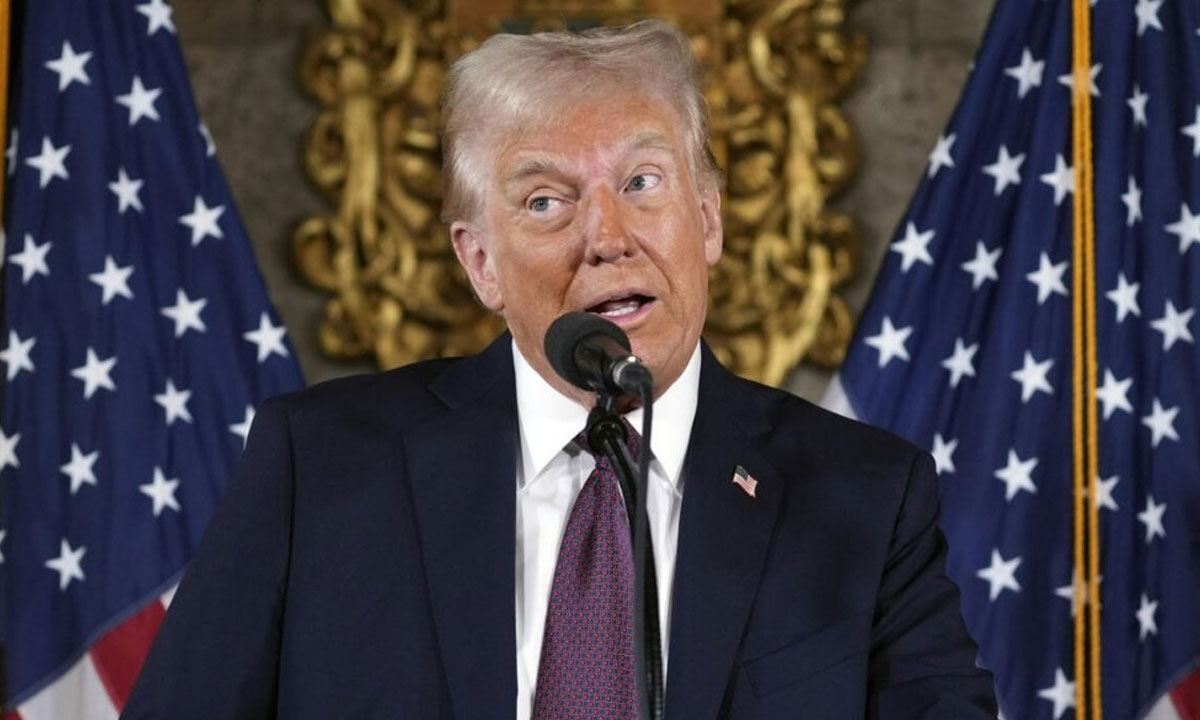Trump Slaps 27% Tariff on India – Is This a Trade War Warning?
US President Donald Trump has announced a 27% “Discounted Reciprocal Tariff” on India, aiming to restructure trade imbalances. The sweeping tariff affects multiple sectors, including automobiles and IT, while pharmaceuticals remain exempt for now.

US President Donald Trump has announced a 27% “Discounted Reciprocal Tariff” on India, aiming to restructure trade imbalances. The sweeping tariff affects multiple sectors, including automobiles and IT, while pharmaceuticals remain exempt for now.
Table of Contents
Stock Market Reacts to Tariff Impact
Following the announcement, Indian equity indices ended lower on Thursday.
- The BSE Sensex fell 322.08 points (0.42%), closing at 76,295.36, after fluctuating between 76,493.74 and 75,807.55.
- The NSE Nifty50 dropped 82.25 points (0.35%), settling at 23,250.10.
Pharma Sector Sees Temporary Relief
The pharmaceutical industry, which contributes 14% of India’s exports to the US, was excluded from the tariff list.
- Jefferies warned that this exemption may be temporary, with the potential for pharma tariffs in the future.
- Citi noted that while tariffs on Indian pharma were always unlikely, the exemption’s duration remains uncertain.
- CLSA suggested that generic drug manufacturers had already factored in a 10% tariff risk, meaning stocks could recover soon.
Wider Economic Fallout from Tariffs
Brokerages have raised concerns over the broader economic impact on Indian exports.
- Macquarie highlighted that auto exports (3% of India’s US shipments) would take a hit, potentially affecting GDP.
- UBS warned that the higher-than-expected tariffs could render some exports unviable, impacting the Indian market.
- Bernstein predicted back-channel negotiations between India and the US, suggesting that many of these tariff rates may not last beyond H2 2025.
IT Sector Faces Risks, But India Gains from China’s Higher Tariffs
While India faces higher tariffs, it could benefit from China’s steeper 34% duty effective April 9.
- Some US companies may shift sourcing from China to India to offset their supply chain risks.
- However, Bernstein downgraded Indian IT stocks, citing declining US discretionary spending as a risk factor.
Trade Policy Experts Weigh In
According to Agneshwar Sen, Trade Policy Leader at EY India, the 27% tariff places India in the lower half of targeted nations, creating opportunities in sectors beyond engineering goods, electronics, gems, jewelry, textiles, and apparel.
“The tariffs could shift competitiveness in India’s favor, particularly in sectors where other regional exporters face more severe impacts,” Sen stated.
He emphasized that India must actively negotiate with the US while collaborating with FTA partners in Asia to restructure supply chains and capitalize on emerging trade opportunities.

